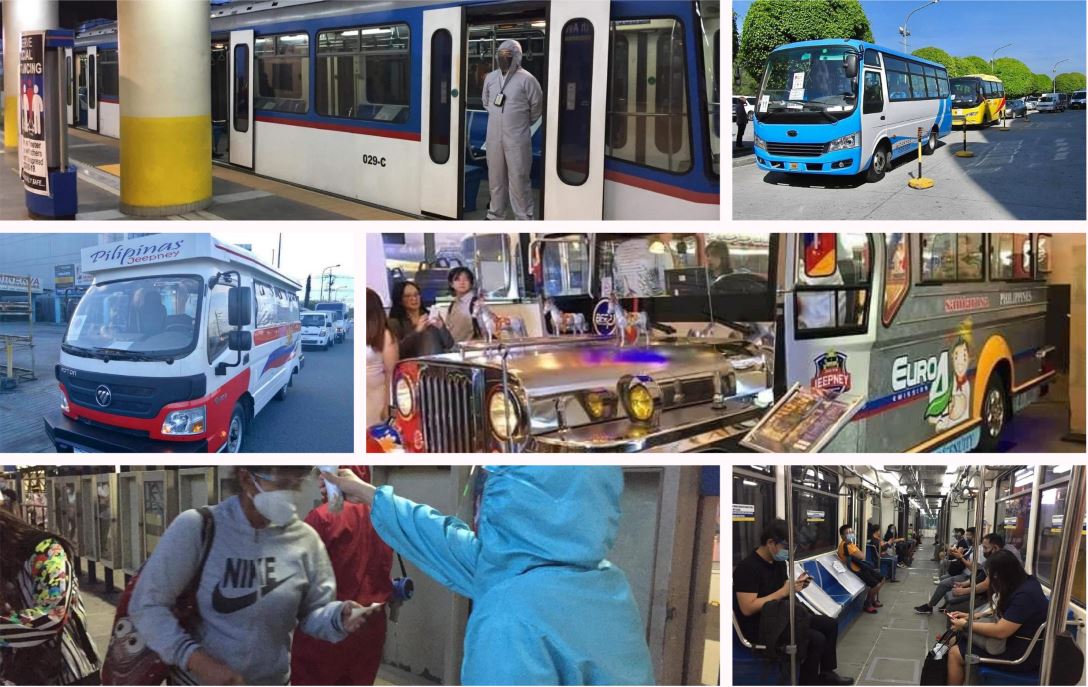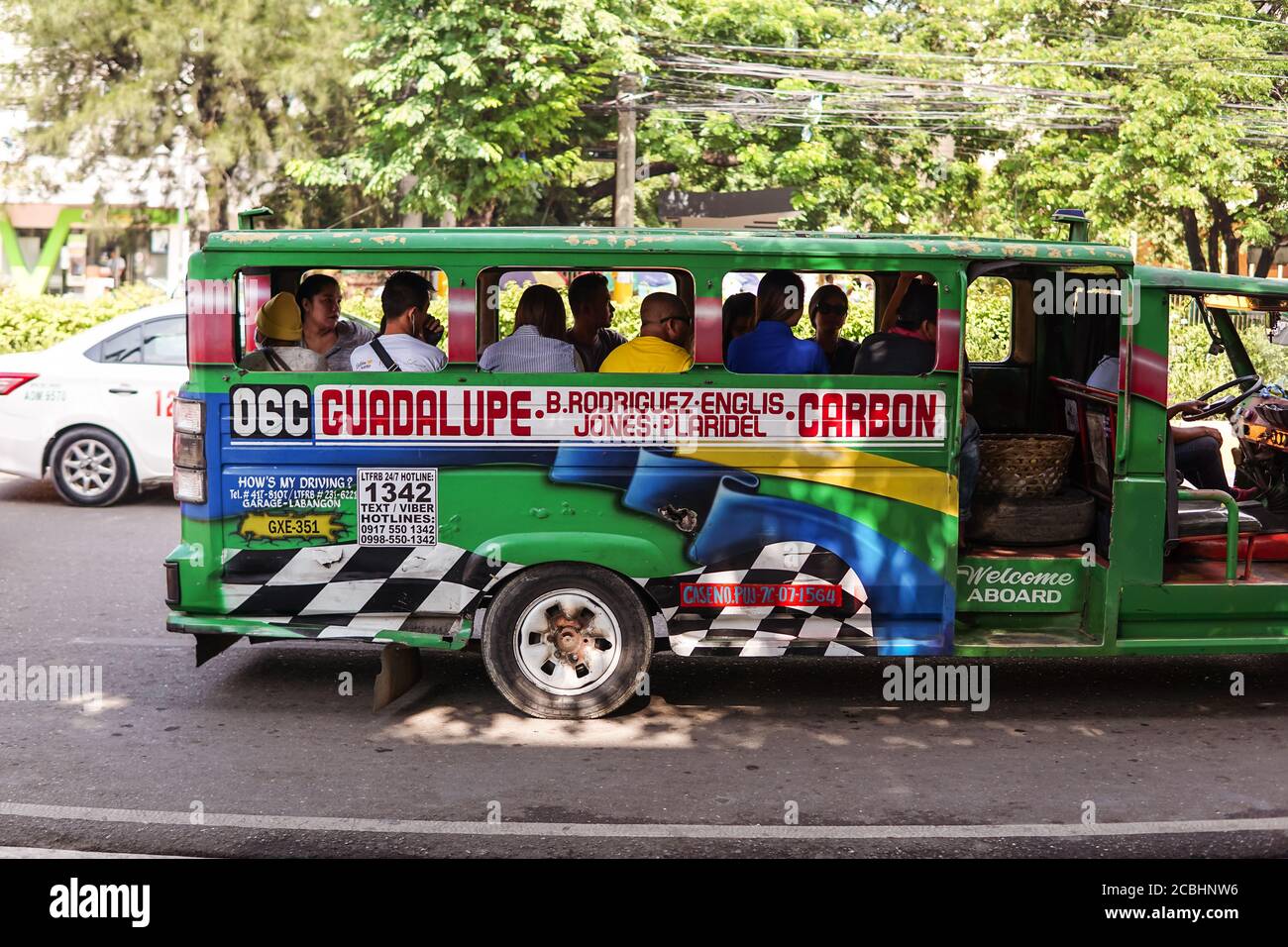A Thorough Assessment of the Strategies and Strategies for Effective Transit Advertising And Marketing Campaigns
Transit marketing campaign supply a distinct chance for brand names to engage with varied audiences in dynamic environments. To accomplish success, it is necessary to understand the nuances of target demographics, execute innovative design strategies, and choose ideal placement locations. Furthermore, the efficiency of these campaigns can be considerably enhanced by very closely monitoring performance metrics and adapting strategies appropriately. As we check out these important parts, it ends up being clear that the course to an impactful transportation marketing strategy is both fulfilling and complex, elevating the inquiry of exactly how best to navigate these complexities for optimal brand visibility.
Recognizing Target Demographics
Understanding target demographics is critical for the success of transit advertising and marketing projects (Transit Advertising Philippines). Identifying certain target market sections enables marketers to customize their messages efficiently, making certain that the material reverberates with the intended customers. This approach enhances involvement and maximizes roi
To effectively evaluate target demographics, online marketers have to consider several crucial elements, including age, income degree, line of work, and lifestyle preferences. For example, a project targeted at young professionals may concentrate on ease and modernity, while one targeting family members could emphasize safety and security and dependability. Furthermore, geographic variables such as rural versus metropolitan settings can significantly influence consumer behavior and preferences.
Data collection techniques such as surveys, focus groups, and social networks analytics supply valuable understandings right into market fads and customer behaviors. By leveraging this info, advertisers can craft engaging narratives that line up with the worths and demands of their target audience.
Ultimately, understanding target demographics not only notifies the critical instructions of transportation advertising projects but also guarantees that resources are alloted successfully. This targeted method raises the probability of achieving campaign purposes, promoting brand name commitment, and driving conversions.
Imaginative Design Strategies
Efficient interaction with target demographics depends greatly on ingenious creative layout methods in transportation ad campaign. To efficiently capture interest in a congested aesthetic setting, designers should focus on clearness and aesthetic influence. Making use of high-contrast elements and vibrant shades can enhance exposure, guaranteeing that messages are conveniently readable from a range.
Including dynamic images that reverberates with the target audience is vital. Aesthetic narration techniques can stimulate emotions and create memorable organizations with the brand name. Furthermore, critical use typography helps share crucial details promptly; suitable dimensions and understandable typefaces further boost readability.
Incorporating interactive aspects, such as QR codes or augmented truth attributes, can involve travelers past easy monitoring (Transit Advertising Philippines). These techniques not only promote user interaction yet also connect the space between typical marketing and electronic involvement
In addition, using room creatively-- whether on bus covers, transportation sanctuaries, or subway ads-- can result in cutting-edge layouts that break the mold of traditional marketing. By accepting artistic imagination while preserving brand consistency, projects can cultivate a solid link with their audience, ultimately driving both awareness and action. The integration of these layout techniques is paramount for accomplishing effective transportation marketing outcomes.
Strategic Positioning Techniques
Optimizing the effect of transportation advertising and marketing pivots on calculated placement methods that ensure optimum exposure and interaction. Reliable placement entails assessing high-traffic locations and comprehending passenger demographics to recognize the most advantageous places for ad display screens. As an example, positioning advertisements near entryways and leaves of transit cars can capture the focus of boarding and alighting guests, thus enhancing exposure.
Furthermore, making use of both exterior and interior surfaces of transportation vehicles can significantly widen reach. Exterior ads, noticeable during commutes, involve pedestrians and other chauffeurs, while indoor ads target travelers in my review here a captive atmosphere. In addition, placing ads en route hubs, such as bus terminals or train terminals, permits enhanced perceptions as commuters shift in between various settings of transportation.
Timing is also essential; straightening the project launch with peak traveling durations makes best use of target market interaction - Transit Advertising Philippines. Moreover, leveraging electronic displays en route atmospheres can promote dynamic content, providing real-time updates and improving user interaction. By using these strategic placement techniques, marketing experts can guarantee that their transportation ad campaign achieve optimal presence, reverberate with the target market, and inevitably drive wanted outcomes

Determining Project Performance
To assess the success of transportation ad campaign, it is vital to use a variety of measurement strategies that supply insights right into audience interaction and overall effectiveness. One key method is making use of key efficiency indications (KPIs), such as reach, impacts, and involvement prices, which measure the amount of people interacted and watched the ad with it.
Surveys and emphasis groups can also be crucial in gauging consumer assumptions and recall, permitting online marketers to comprehend the impact of their messaging. Furthermore, tracking web site web traffic and social media sites interaction during and after the campaign aids determine direct reactions to the advertising.
An additional efficient strategy is using location-based analytics, which can provide information on foot web traffic around specific transit areas, supplying understandings right into whether the campaign efficiently caught the attention of travelers. Furthermore, assessing sales data can expose correlations between transportation advertising and boosted earnings, offering substantial evidence of a campaign's efficiency.
Situation Studies of Success
Recognizing the performance of transportation advertising and marketing projects with dimension hop over to here strategies lays the foundation for checking out real-world instances that show effective outcomes. By utilizing geo-targeted digital advertisements and analytics, the brand name determined a 30% rise in sales in areas where the covers were plainly presented, showing the straight effect of transit advertising and marketing.
Another engaging instance comes from a local nonprofit organization that launched a project on train platforms to promote a neighborhood event. The organization incorporated vivid visuals with QR codes routing travelers to an enrollment page. Post-campaign evaluation exposed a 50% rise in event attendance contrasted to the previous year. The usage of direct engagement through technology intensified the project's reach and efficiency.

Final Thought
In recap, successful transportation marketing campaign necessitate a detailed approach that integrates an understanding of target demographics, cutting-edge style strategies, and strategic placement. By focusing on psychological interaction via bold visuals and enhancing presence during optimal traveling times, brands can substantially boost their impact. Furthermore, continuous dimension of project effectiveness with crucial performance signs and customer responses guarantees continuous renovation. Jointly, these strategies foster brand existence and make the most of the return on financial investment en route marketing efforts.
Recognizing target demographics is vital for the success of transit advertising projects.Reliable interaction with target demographics counts greatly on cutting-edge imaginative style techniques in transportation marketing projects. By utilizing these calculated placement methods, marketing experts can make certain that their transportation marketing campaigns achieve maximum presence, reverberate with the target audience, and eventually drive desired results.
Recognizing the efficiency of transit advertising and marketing projects through dimension strategies lays the groundwork for examining real-world instances that highlight successful outcomes.In recap, successful transportation marketing projects require an extensive approach that incorporates an understanding of target demographics, innovative layout strategies, and tactical positioning.